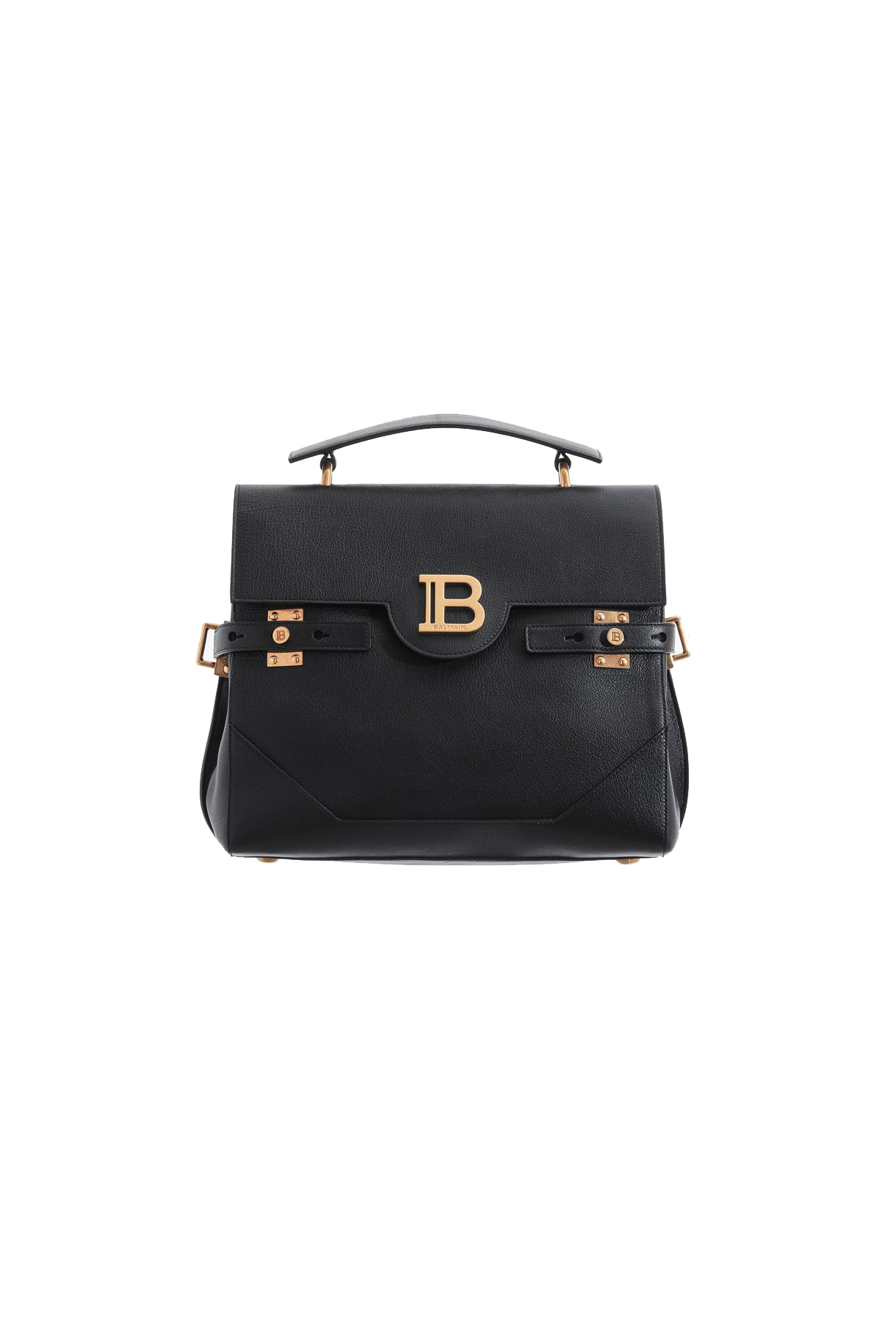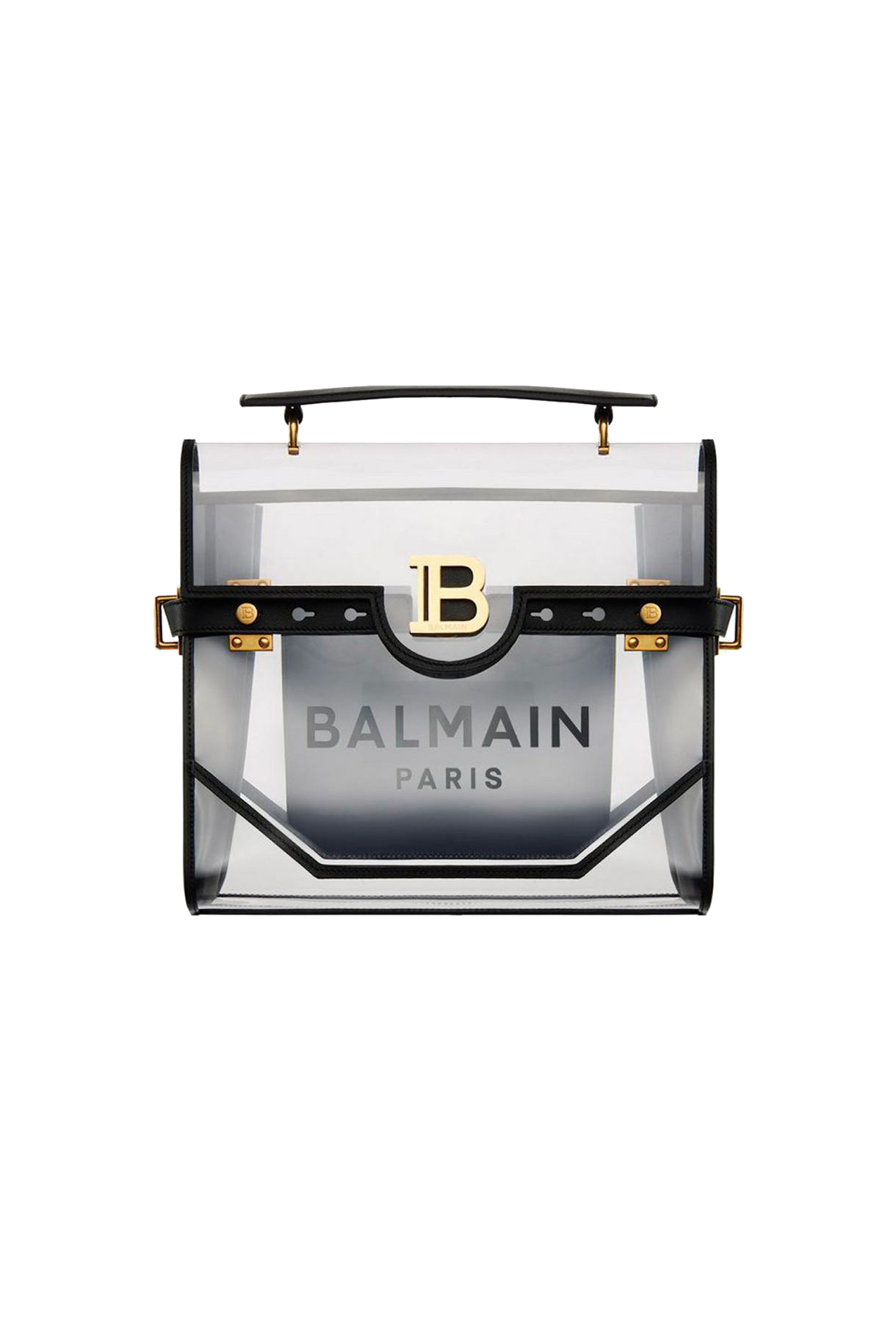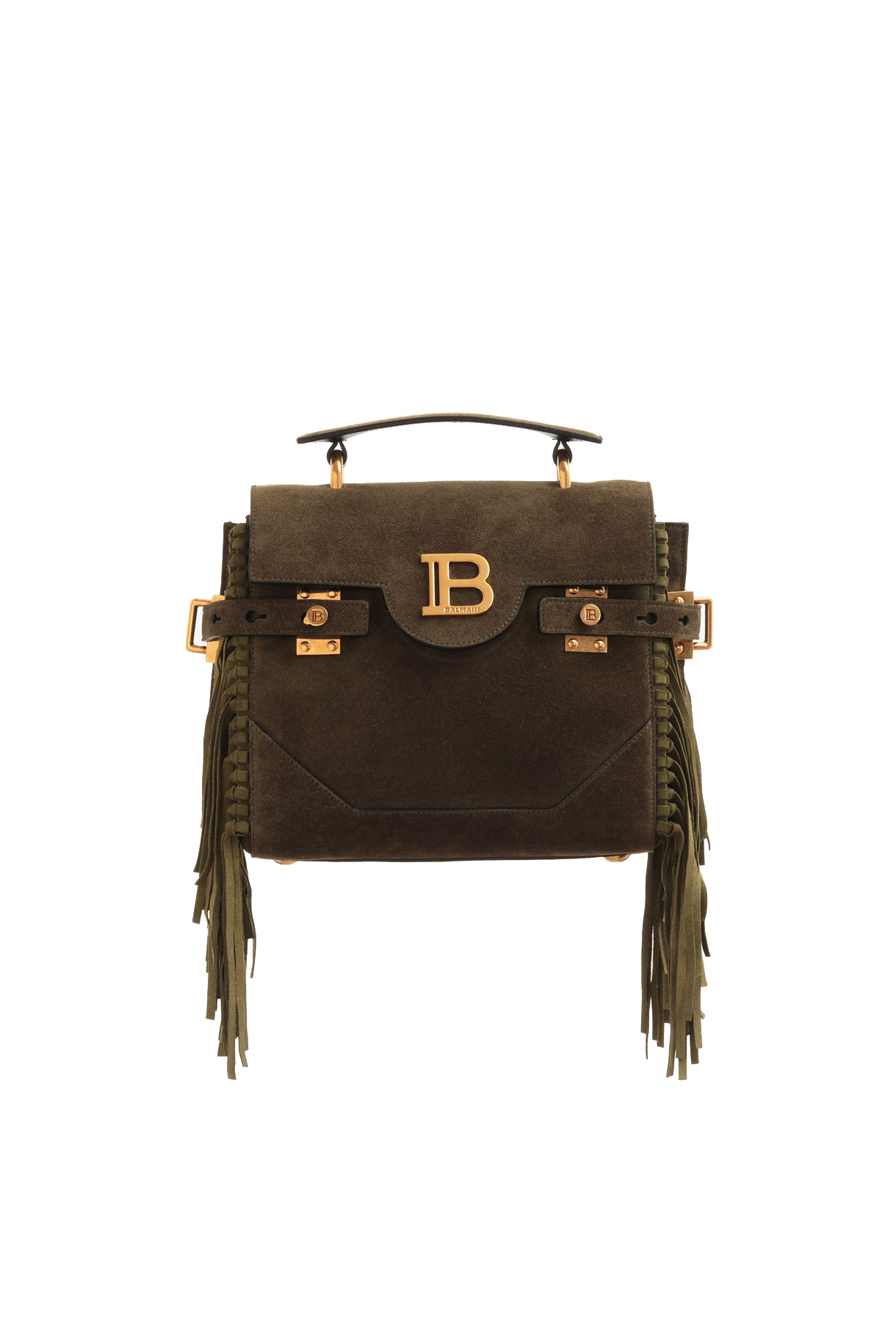What Happens After The End Of The F***ing World
The explosion of a gunshot, then darkness. This is where we left season one of The End of the F***ing World, with an almighty cliffhanger.
Today, on set, the show’s stars Jessica Barden and Alex Lawther are joined by the latest cast addition, Naomi Ackie. The three of them bounce off one another, all while swinging Balmain’s new BBuzz bag and dressed in the label’s latest collection.
We last saw self-proclaimed psychopath James (played by Lawther) running down a desolate beach as a bullet rang out in his direction. Meanwhile, being forcibly restrained by the police, Alyssa (Barden) watches on, the Juliet to his Romeo, dressed like Courtney Love in a '90s minidress with ragged blonde hair. They were star-crossed teenagers, impish with hormones, wily and sardonic, cartoonish in their escapades – which makes sense as the show is based on Charles Forsman’s graphic novel of the same name.
AdvertisementADVERTISEMENT
It’s like we’ve entered a parallel universe as we meet the day after the second season’s premiere. But one thing is very clear; the bond between the characters we see on screen is very real. They may have been up until 3am, bingeing the whole series in one sitting – and who can blame them – but you can’t tell as they play dress-up and perform impressions of each other.
"I was such a big fan of the first season," Naomi tells Refinery29 UK, "so when I first met Jess and Alex, I mistakenly called them by their character names. It’s ridiculous because I knew they were actors and nothing like their characters." Naomi is certainly nothing like Bonnie. "I had to tap into this darkness that we all have in us for the character." Naomi describes her as "on a mission, really stubborn and isolated." Bonnie wears thick hiking socks and dowdy clothes, while Naomi is warm and friendly and enthusiastically praises the Balmain silhouette she’s wearing – it’s a mixture of powerful femininity and feminine power, she says.
The darkness that Naomi mentions is the beating heart of the show. In between Charlie Covell's droll dialogue and the oddly romantic plot, it is unremitting bleakness. The lighting and the architecture is gloomy and dark. The café in the woods, which Alyssa’s family moves to after her Thelma and Louise road trip, is neither the scary wooden cabin of horror flicks nor the hygge hideaway it could be. Instead, it exists in this vacuum, which is a bit English, a bit American, and could be set any time between 1980 and now.
AdvertisementADVERTISEMENT
"You never know what time period we’re in or where we are," Alex says, "which I think was important to the show. It’s its own world and not specific about time or place." Thinking of the Netflix series Sex Education, I speculate that this is a TV trend right now. Alex is quick to – extremely politely – shoot that notion down. "Without being corny, Shakespeare does this," he explains. "He created a whole world and time period in Twelfth Night. It is more imaginative, playful and universal because the rules can be slightly different in a made-up world."
Part of the playfulness for the actors is how they identify with their roles. "The character is half of what I would love to be and half of what I already am," says Jessica cryptically about Alyssa. Certainly, Jessica relates to Alyssa's costume design. "It was a natural decision in hair and makeup for Alyssa to be a completely normal teenager." She sums up the character by her chunky boots: "I don’t wear any other shoes in the whole show. I feel like they don’t get enough credit because as soon as I put on Alyssa’s boots, I felt like Alyssa. They made me walk different, like her."
Naomi had a similar experience getting to grips with Bonnie’s character. "I’ve always heard about people who put on a specific pair of shoes or a jacket and it just clicks and the character makes sense, but that has never happened to me before," she says. "For the first time it happened on this show. The costume designer and I went to a thrift store in east London, looking for knitwear – Bonnie wears a lot of knitwear – and we found these walking boots that were men’s, leather and too big for me. I threw them on with a pair of hiking socks and I was like, 'Oh I totally get her'. It's funny as in the opening scene, the first thing you see is her shoes. I feel like it encapsulates her because they’re practical and not about looking pretty."
AdvertisementADVERTISEMENT
Alex adds: "Our costume designer has this amazing ability to find pieces that are incredibly distinctive and unusual but don’t feel costume-y. They make you aware of the costume second and the character first. She’s found an equilibrium between a piece that tells a story but also serves the story and Charlie’s writing, too."
After the first season, Jessica became aware that the millennial angst Alyssa represented, and her deadpan delivery, resonated with audiences. "A lot of people told me they enjoyed the cruder parts of Alyssa’s personality, the parts you may laugh at. But I like how Charlie [Covell] writes Alyssa’s vulnerability. It is quite an intricate relationship women have to have with themselves, especially if you are someone like Alyssa who uses humour as a mechanism."
This humour comes with a light touch, puncturing the bleak and banal. Naomi adds: "The tone is really unique, I had never seen anything where the characters are quite this dry and honest. You can see the humanity behind their aggression."
The mental health of Alyssa, James and Bonnie is never the star of the show or ever out of shot. Charlie and the cast continually grapple with how past trauma affects the present. Naomi explains: "Until quite recently in cinema and TV, [mental health] was used as a tool to relinquish control from the character, it was a way of being like, 'Oh they were a little unwell and that’s why they did it', instead of studying the actual cause of why they are unwell and how that manifests in their life. I know, including myself, mental health isn’t finished up in a cute little 30-minute episode, it’s a journey."
AdvertisementADVERTISEMENT
"What I love about the second season," Alex says, "is that we find ourselves back in this strange world but with the psychological fallout of season one. What James and Alyssa do in season two makes psychological sense because their story wasn’t over, there was a lot to deal with, a lot of trauma that is dealt with so delicately and it isn’t romanticised or laughed at. The characters really sit with the aftermath of season one throughout the whole of season two."
"It was astounding how popular [The End of the F***ing World] was for us," Ted Sarandos, Netflix’s chief content officer, told Vulture. "On one level, it was a massive failure that we didn’t see [the success] coming." However, that success has yet to really impact Jessica, Alex and Naomi.
Sure, Jessica says it’s opening doors and she’s receiving more scripts, but she assures me that doesn’t mean she gets recognised more often. Naomi puts that down to living in London, "where you can get on a bus and no one knows who you are or cares."
Similarly, Alex isn’t convinced his rising fame is translating IRL. "Sometimes you get stared at but you don’t know if it’s just because you have something stuck in your teeth," he jokes. "I don’t really know the extent to which people recognise me from the show or if it’s because I’m doing something weird."
It is rumoured that there won’t be a third season so we leave the characters at the end of a journey ripe with pathos and humour – fundamental strands of the show's DNA. Dressed in Balmain, clutching the house’s BBuzz bag, it may be the end for the F***ing World but not for these three. In fact, I have an inkling that a new world is dawning for this cast.
The End of the F***ing World is streaming now on All 4 in the UK.
AdvertisementADVERTISEMENT











